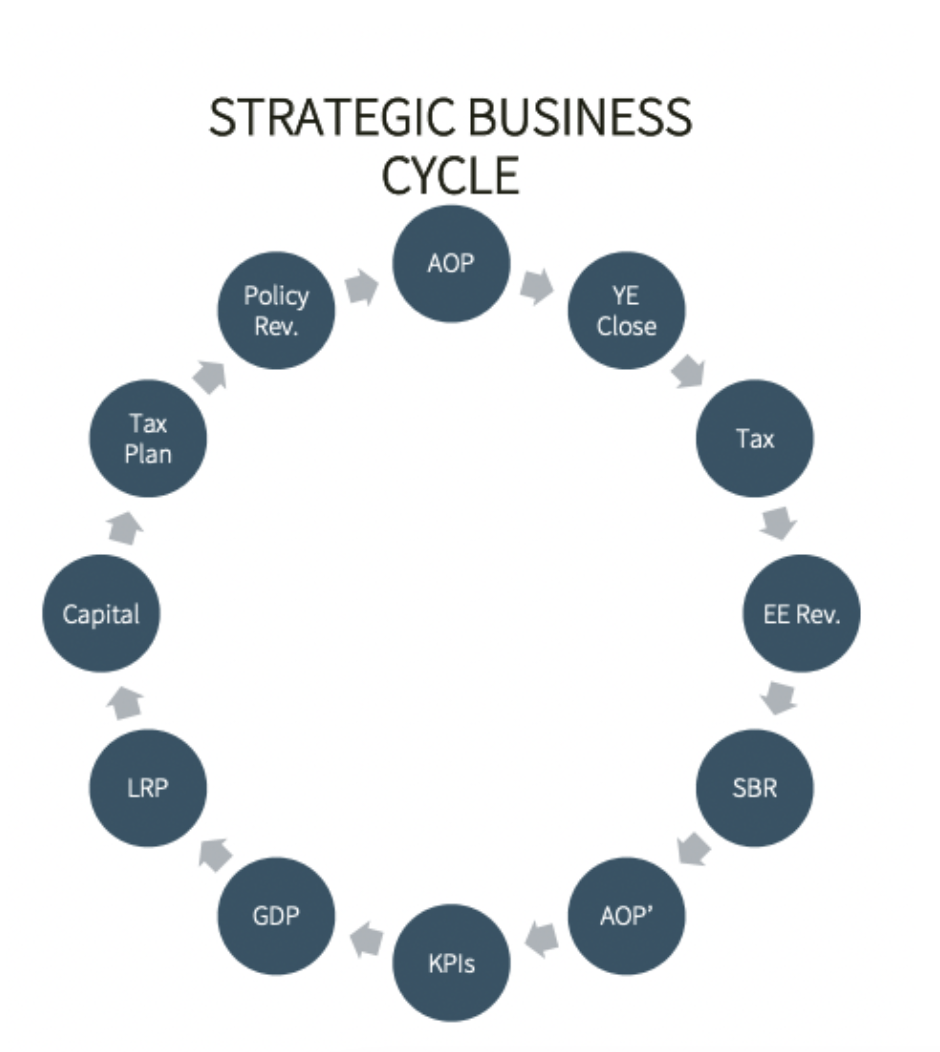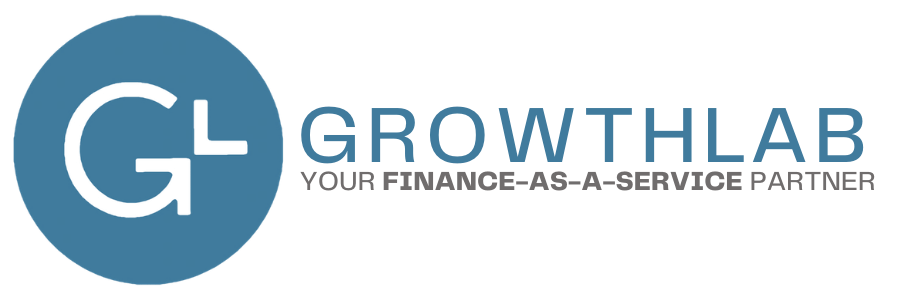Scaling FP&A Advisory Begins with Productizing your Service
Do you want to add profitable monthly recurring advisory services to your accounting firm? Of course you do. But how? There are many different ways to do it. Here's how we do it at GrowthLab. We call it "Finance-as-a-Service, or "FaaS." We’ve built our FaaS framework by servicing our customers through cadence, rigor, and the team.
We purposely put the team in the third position to deemphasize the people aspect of our service. At the core of building a FaaS or sometimes referred to as CAS (Client Accounting Services) in the accounting industry, is your ability to have a fixed price fee for a fixed service level. This is also known as “productizing services.”
Productization is the framework by which service-based businesses delink time from value. Although I don’t want to get into the theoretical trade off of selling time versus value, my goal here is to help service-based industries like the accounting industry to begin to scale an FaaS practice inside of your firm.
The accounting profession figured out decades ago that bookkeeping and accounting could be productized because of the inherent framework that bookkeeping lends itself to… cadence and rigor of deliverables. Cadence is all about when the activity happens for example, bank reconciliations are completed by the 5th of the month so that a financial review can happen at the 10th of the month. Rigor is about what gets delivered consistently such as, actuals to budget report or a cash flow statement. So why is it so difficult for our industry to sell a perceived higher value human capital through a similar framework for advisory services? I believe the simple answer is a FaaS framework versus unstructured and ad hoc advisory.
If you can figure out the cadence, rigor, and the team to service the customer then you are on a path to productizing your advisory services. Therefore, your firm can now begin to sell your advisory services constantly and consistently, month in and month out, at a fixed price versus on an hourly basis. There are many advantages to moving from hourly to fixed price more importantly because it reduces credit risk due to AR exposure while also eliminating inefficiencies and cost in tracking time, invoicing, and collections.
We believe that in order to productize human capital and advisory services, you need to start with a framework grounded in cadence and rigor. At GrowthLab, we call our framework The Annual Strategic Business Cycle. We believe that business strategy is grounded in process and therefore can lend itself to an elevated repeatable framework that is the starting point for the industry to design their services. The framework helps define our customers needs, and more importantly when to deliver the value to meet those needs.

We’ve defined The Annual Strategic Business Cycle to be both short term and longer term in nature. So we start with the longer term view of the cycle which starts with company goals: GDP (Goal Deployment Plan), followed by the development of a longer range plan. Once the LRP is created we can then move on to the Annual Operating Plan (AOP). The first part of our framework essentially created the baseline or backdrop which is updated annually.
The second part of our framework is essentially the checks and balances needed throughout the year to measure and adjust operational strategy and execution to ensure your customer meets their annual and longer term goals. Below I have included an illustration of The Annual Strategic Business Cycle which includes cadence and deliverables.
The depth and breadth of your framework and therefore your productized service is adjusted based on the client profile including industry, size, complexity, and capital requirements. Once you’ve been able to define when to deliver and what to deliver on an annual and monthly basis, you can begin to understand the capabilities and capacity needed to design the team to meet the customers demands.
In closing, I return to my open comments, in order to scale an FP&A advisory practice you must productize services. Start with
what you’re delivering and
when you’re delivering it in order to scope out that monthly recurring service.
Other Blogs Related to Strategic Business Cycle






